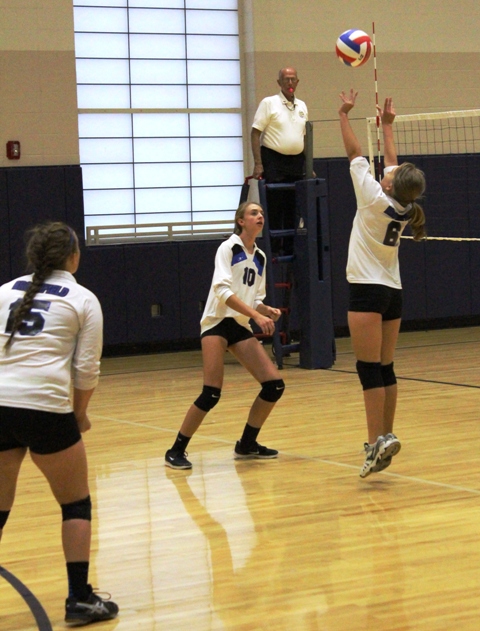What were the top sports for high school girl athletes in Colorado in 2014?
Data from the National Federal of State High School Athletic Associations (NFHS), https://www.nfhs.org/, shows that the top sports for girls, from an athletic director’s perspective, are basketball, volleyball, track and field, cross-country, and soccer. More than 300 Colorado schools have basketball, volleyball, and track and field programs and greater than 200 schools have cross-country, and soccer programs.
At the bottom of the list are field hockey and alpine and cross-country ski programs.
| Sport | Number of Schools with Programs |
|---|---|
| Basketball | 329 |
| Volleyball | 318 |
| Track and Field — Outdoor | 302 |
| Cross Country | 230 |
| Soccer | 213 |
| Competitive Spirit Squad | 190 |
| Softball — Fast Pitch | 178 |
| Golf | 164 |
| Tennis | 153 |
| Swimming & Diving | 153 |
| Lacrosse | 81 |
| Gymnastics | 66 |
| Skiing — Alpine | 14 |
| Skiing — Cross Country | 14 |
| Field Hockey | 13 |
From the athlete’s perspective the ranking is much different. Volleyball is overwhelmingly the most popular sport followed by soccer, track and field, basketball, and tennis.
Alpine and cross-country ski programs are clearly at the bottom.
| Sport | Number of Participants |
|---|---|
| Volleyball | 9,097 |
| Soccer | 7,623 |
| Track and Field — Outdoor | 7,334 |
| Basketball | 7,089 |
| Competitive Spirit Squad | 4,810 |
| Tennis | 4,552 |
| Swimming & Diving | 4,142 |
| Cross Country | 3,957 |
| Softball — Fast Pitch | 3,724 |
| Lacrosse | 1,604 |
| Golf | 1,514 |
| Field Hockey | 592 |
| Gymnastics | 543 |
| Skiing — Alpine | 151 |
| Skiing — Cross Country | 100 |
The data showed there are 175 girls participating in boy’s wrestling, baseball, football (11,8, and 6 player), and Ice hockey. There were 85 in wrestling and 42 in baseball.






